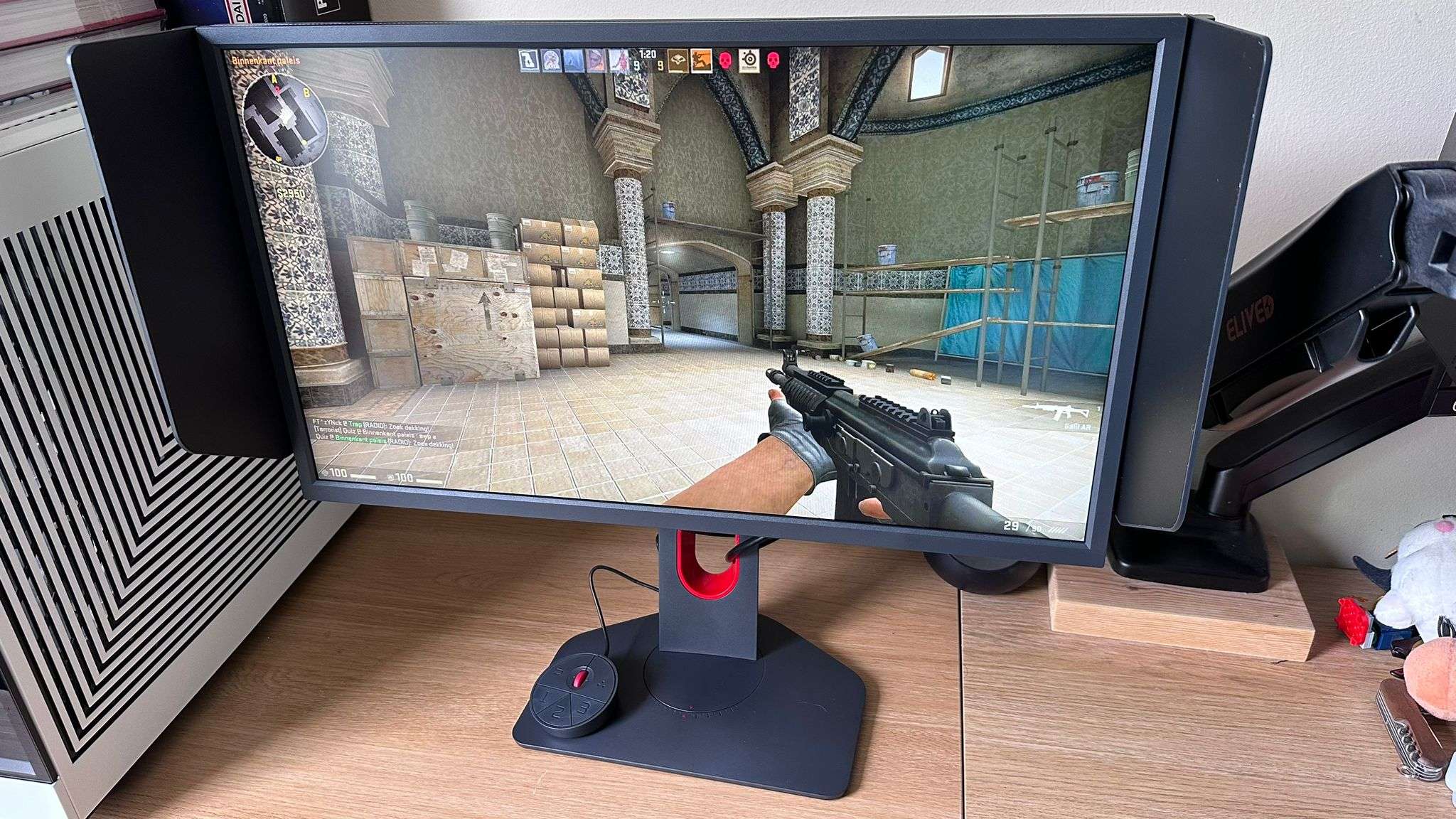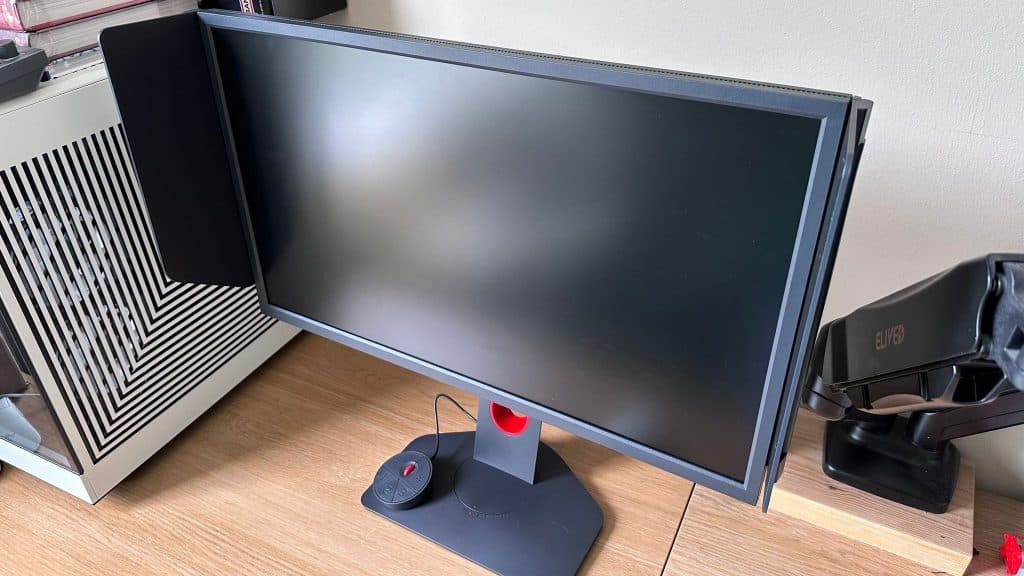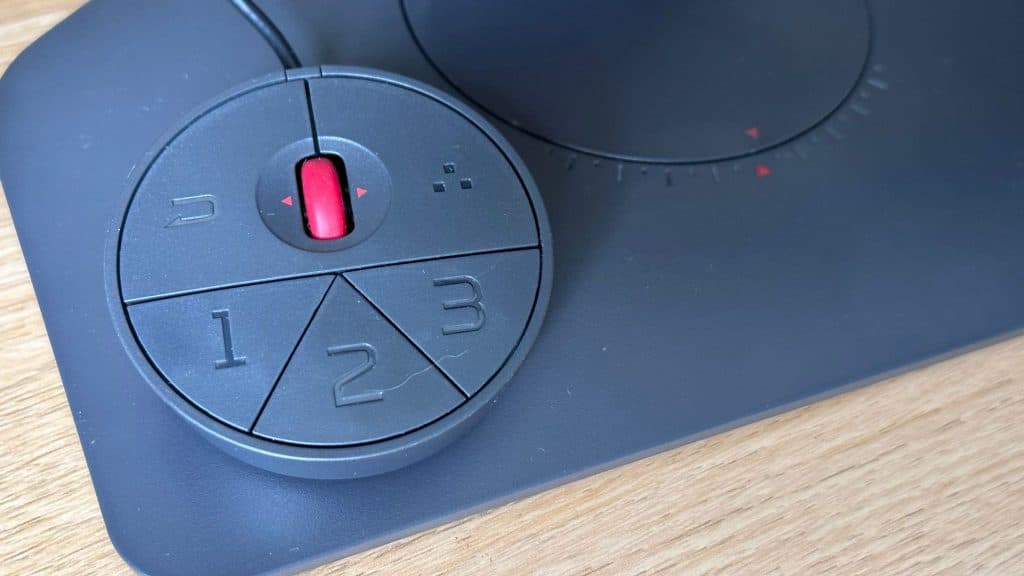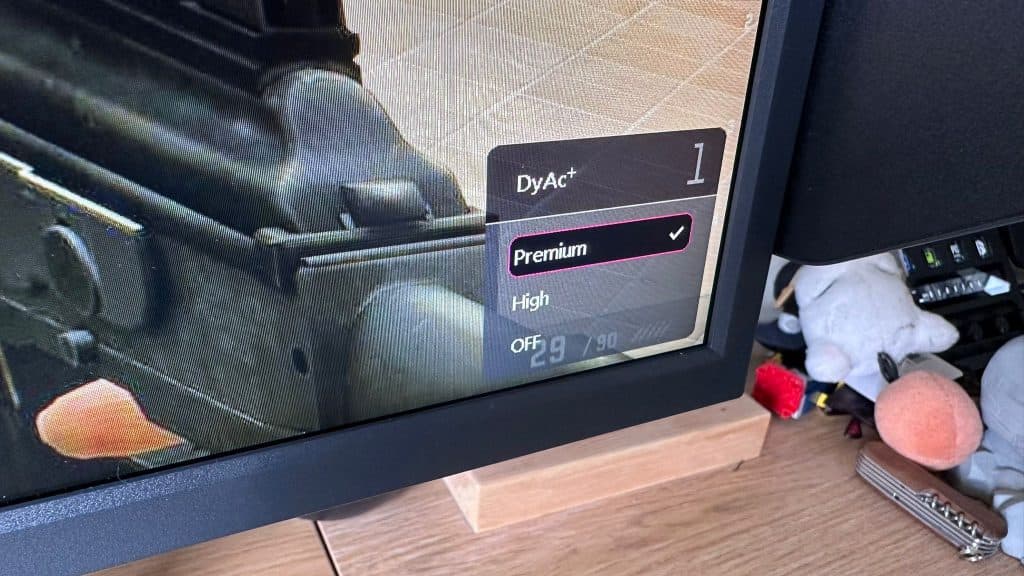BenQ Zowie XL2566K review: Esports dominance
 Dexerto
Dexerto Zowie’s gaming monitors have long been known as the go-to for esports-focused gamers. But, is the XL2566K, a 1080p, 360Hz panel really that much better than the competition?
When looking for a new gaming monitor, you have several options available before you. You could choose a 4K panel with a modest refresh rate, a 1440p display with a quick refresh rate, or a 1080p panel with an unparalleled refresh rate for the most competitive gamers.
While many display technologies have come a long way, like MiniLED and OLED, some older technologies can actually be faster, as is the case here. Zowie’s XL2566K isn’t winning any awards for its black levels or color contrast ratios, but it offers near-unparalleled speed and an intelligently-designed stand to blend seamlessly into your gaming PC setup.
Key specs
- Screen size: 24.5-inches
- Panel type: TN
- Resolution: 1920×1080
- Brightness: 320 cd/m2
- Contrast ratio: 1000:1
- Refresh rate: 360Hz
- Response time: 0.5ms
- Connectivity: 1x DisplayPort 1.4, 2x HDMI 2.0, 1x 3,5mm audio jack
- Price: $599
Design
 Dexerto
DexertoThe Zowie XL2566K arrives in an elegant black shell, which is flanked by what appears to be blinders on each side of the monitor itself. While this might seem odd when compared to other gaming monitors, once you turn it on, it’s intended to keep you centered on the game, and on what you are playing. Taking them off and viewing the monitor at different angles tells us the full story – trying to look at this monitor off of its ideal angle results in a washed-out image. Viewing angles is not the central focus, however, esports performance is.
To this end, the blinders make some degree of sense, and so does the design of its stand, which aims to leave a lower-profile footprint on your desk than other gaming monitors, which make use of gigantic, somewhat pointless large stands. This is incredibly welcome, as it allows you to place your peripherals extremely close by, and lets you get up close and personal with the display while gaming. Asus is particularly notorious for having invasive monitor stands, and it’s incredibly refreshing seeing Zowie opt for an RGB-free, straightforward monitor design.
The base can also tile and swivel to your heart’s content, allowing you to put your peripherals at any angle you could really ask for. Close to the base is also a cable channel hole for the monitor, and its remote control, in case you did not want to reach around the back in order to control it.
OSD & remote control

The OSD has several features, including a black equalizer, brightness, contrast, and more. The black equalizer can be useful for spotting enemies, especially when paired with the vibrancy options. The remote monitor allows you to switch between customizable profiles. So, if you wanted a different setting for a different game, you can quickly do it without having to fiddle with any pesky buttons.
The remote monitor is useful, though we did wish that it was wireless, as we saw previously with the BenQ ScreenBar Halo. It might require batteries, but running an additional cable to use it is a bit of a hassle.
Resolution and refresh rate
At 24.5 inches, the 1080p, 360Hz panel looks more than adequate for day-to-day usage. Though we do find that the color accuracy was somewhat underwhelming when compared to panels that use IPS, MiniLED, or OLED technology, so you might want to still keep an additional monitor for content consumption. Where the monitor really comes into its own is with its features, such as the incredibly interesting DyAc.
 Dexerto
Dexerto DyAc, or Dynamic Accuracy is a way of reducing ghosting, and motion blur on Zowie gaming panels. Given the speed of this 1080p, 360Hz panel, ghosting can be an issue for monitors with similar specs. However, DyAc is a backlight control technique that reduces light from previous fixed points. This might be imperceptible to many. However, it makes a huge difference when flipping on the setting and heading over to the tried and true Blurbusters Test UFO.
Gaming performance
The Zowie XL2566K really comes into its own when put into its element: Esports titles. We tested the monitor for around four weeks across a range of games. To preface this, however, is that you’re going to want a powerful enough PC that can push up to 360 FPS in titles, so we put our fastest esports gaming PC up to the task.
In Fortnite, we found the monitor worked incredibly well, as the contrast of the game’s art style complimented the refresh rate. Using tools like the Red Eye Assault Rifle and the Heavy Sniper Rifle saw us popping off headshots like never before, even when compared to using a 240Hz panel. Many will not be able to tell the difference, but when tracking moving targets, 360Hz is fantastic. When paired with DyAc, we saw very little ghosting.
For CS:GO, the monitor is once again excellent for tracking moving targets, though we did punch up the contrast of the picture in order to get a more defined look to player characters. The monitor once again performed excellently, with the blinders coming in particularly handy when tracking targets on either edge of our screen.
Should you buy it?
If you have a gaming PC capable of pushing 360 FPS in esports titles, then the Zowie XL2566K is superb. Its asking price is above average, but nowhere near the eye-watering levels of bleeding-edge panels like the PG27AQDM.
The Verdict: 4/5
Zowie’s excellent PC gaming monitor makes it one of the best esports panels on the market today, and we hope to see future iterations of the device continue to improve on aspects such as color and viewing angles. It’s not perfect, and there is a learning curve in setting up and using user profiles with the remote control. With that said, it’s a near-unbeatable gaming monitor for those serious about competitive play.
If you click on a product link on this page we may earn a small affiliate commission.